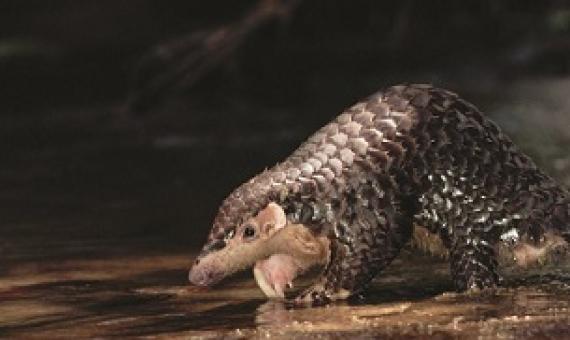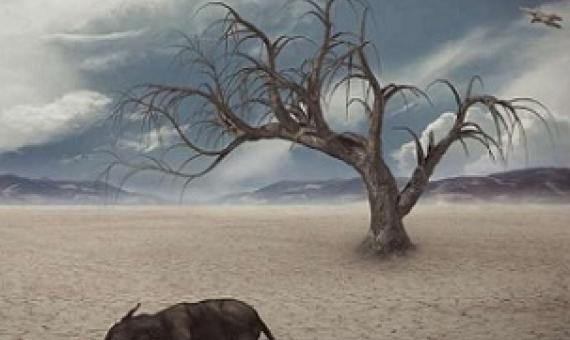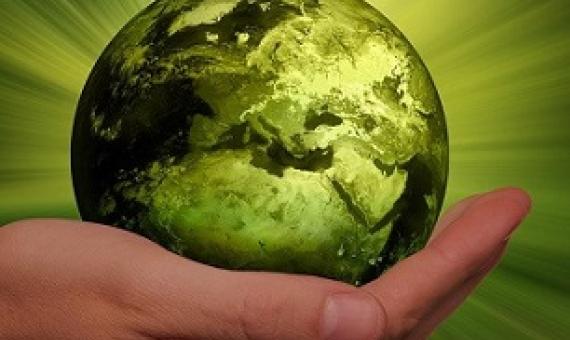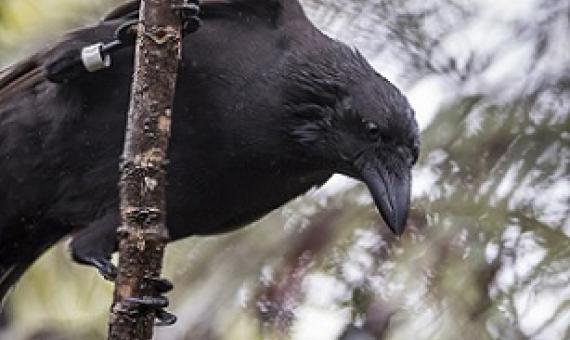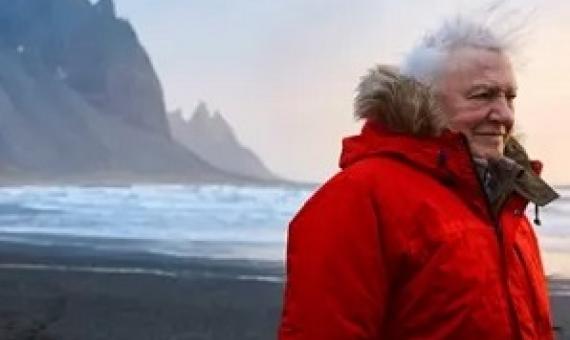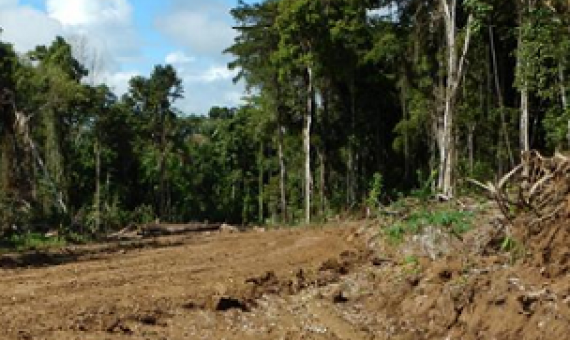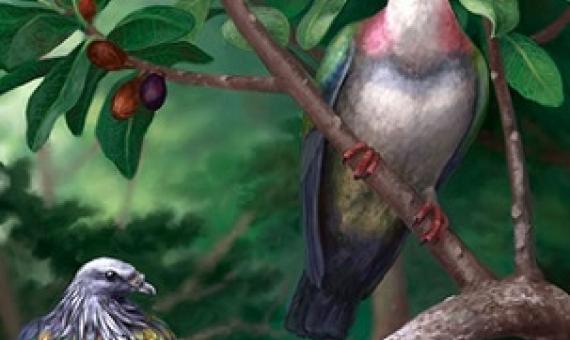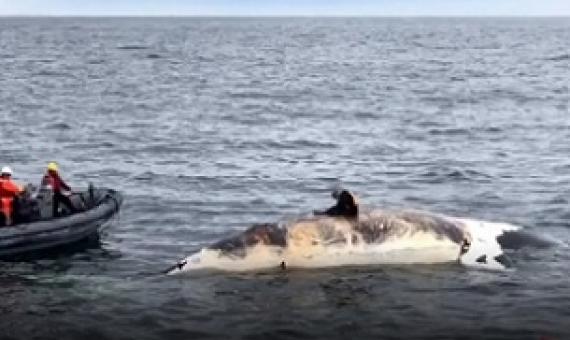Trafficking in wild animal and plant products is driving species to extinction, but some researchers think restrictions only spur demand and make things worse...There’s no disagreement among researchers that the wildlife trade is a major contributor to the loss of biodiversity worldwide.
Life on Earth has a long, but also an extremely turbulent history. On more than one occasion, the majority of all species became extinct and an already highly developed biodiversity shrank to a minimum again, changing the course of evolution each time.
As the world threatens to near an increase of 1-1.5 degrees C global warming by year 2030, the number of the earth’s lifeforms threatened with extinction has increased, the world’s global watchdog of flora and fauna, the International Union for the Conservation of Nature (IUCN) said in its
The ʻAlalā Project announced on Monday morning that after reintroducing the Hawaiian crow back into the wild three years ago, it will be bringing the rare birds back into the conservation breeding program at the Keauhou Bird Conservation Center...The project is working to establish a self-sustain
For once Britain's favourite naturalist is not here to celebrate the incredible diversity of life on Earth but to issue us all with a stark warning. The one-hour film, Extinction: The Facts, will be broadcast on BBC One in the UK on Sunday 13 September at 20:00 BST.
How many bird and mammal extinctions has recent conservation action prevented?
Aichi Target 12 of the Convention on Biological Diversity (CBD) contains the aim to ‘prevent extinctions of known threatened species’. To measure the degree to which this was achieved, we used expert elicitation to estimate the number of bird and mammal species whose extinctions were prevented by conservation action in 1993–2020 (the lifetime of the CBD) and 2010–2020 (the timing of Aichi Target 12). We found that conservation action prevented 21–32 bird and 7–16 mammal extinctions since 1993, and 9–18 bird and two to seven mammal extinctions since 2010.
As humans diminish biodiversity by cutting down forests and building more infrastructure, they’re increasing the risk of disease pandemics such as COVID-19.
A large fruit-eating bird from Tonga joins the dodo in the line-up of giant island pigeons hunted to extinction.
Conservation experts warn the North Atlantic right whale is on the brink of extinction.
...on July 9 the IUCN released its latest Red List of Threatened Species, covering the changing fates of some of the 120,000 species it monitors.

